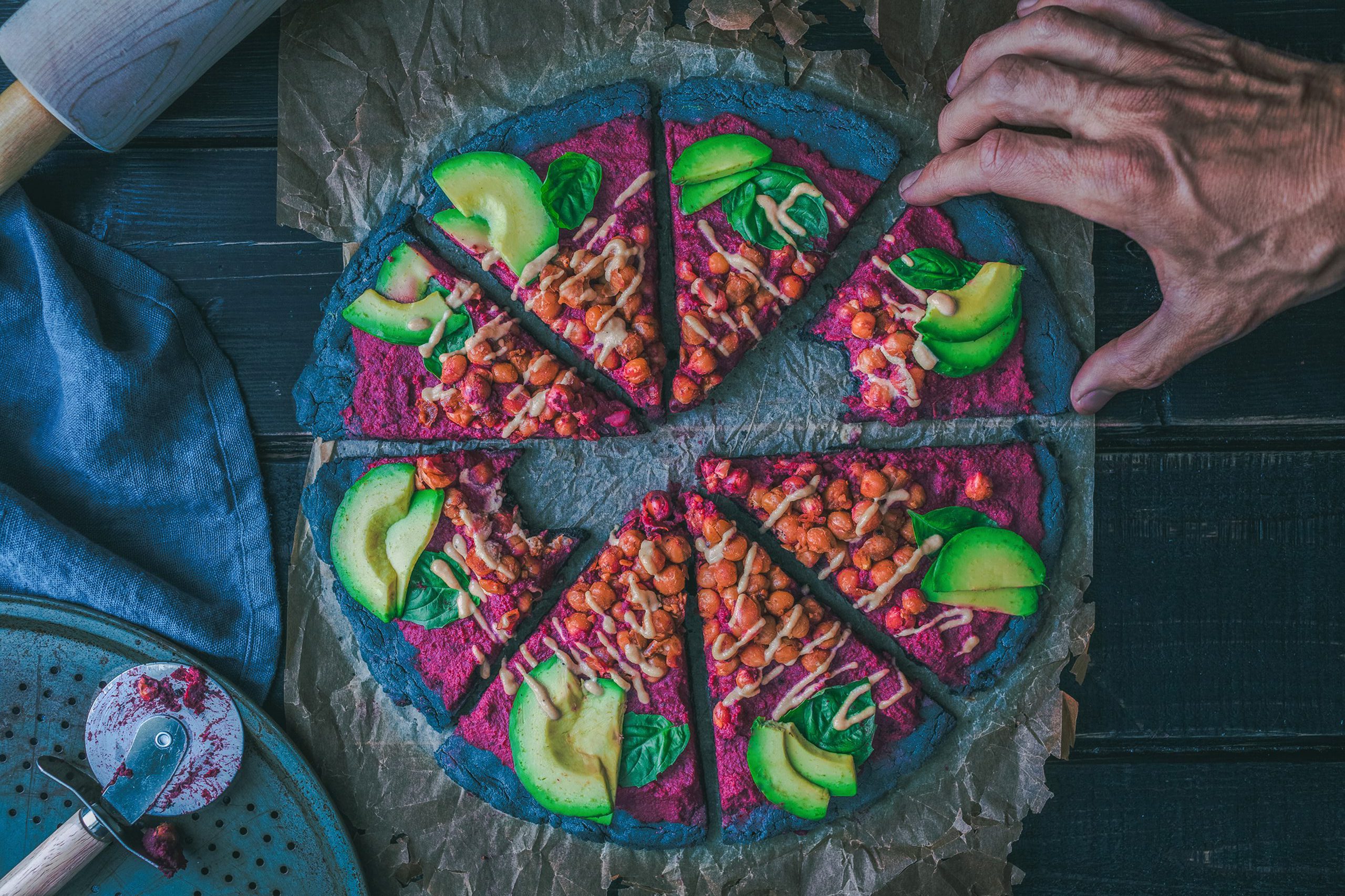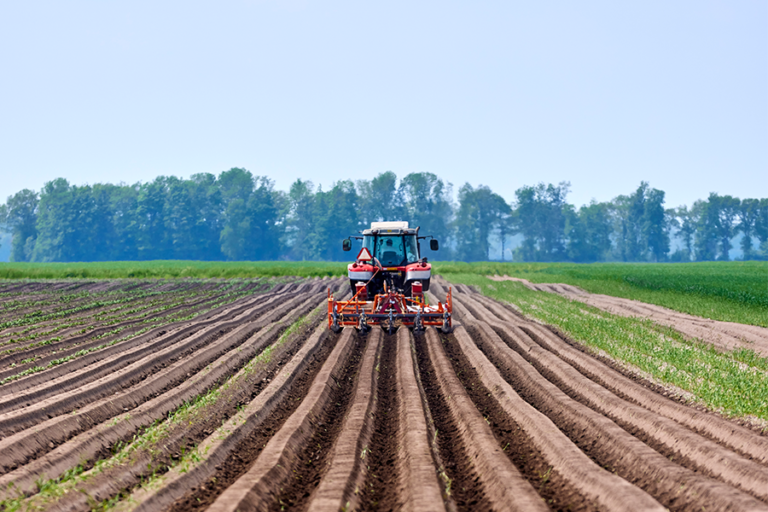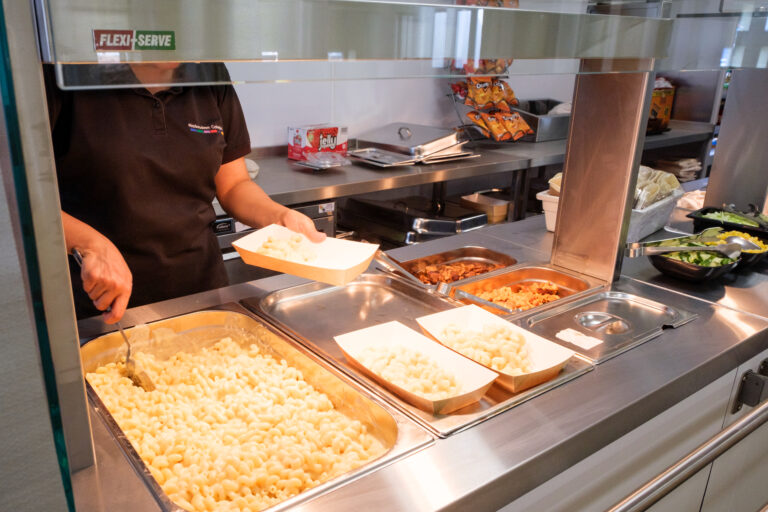Whether you are a caterer working in hospitality, care or education, our Company Dietitian Anna-Maria Holt has some simple ideas to help you create more sustainable menus.
The need to move to more sustainable diets and sustainable food systems is a growing priority across the foodservice. We know collective action is needed to make a difference to our health and the planet, and playing our individual part is necessary. However, it certainly isn’t easy to know where to start. I work with caterers who want to make a difference – but knowing what to do to make a positive impact can be unclear.
By following this simple guide, you will be able to look at your menus and start making the necessary changes so that the food you offer is more sustainable.
Here are five simple steps to get you started.
1 – Reduce red meat
Reducing the amount of red meat consumed, especially beef and lamb, is the priority as it has the biggest environmental burden. It is important to remember that red meat does not have to be omitted from the diet but reduced.
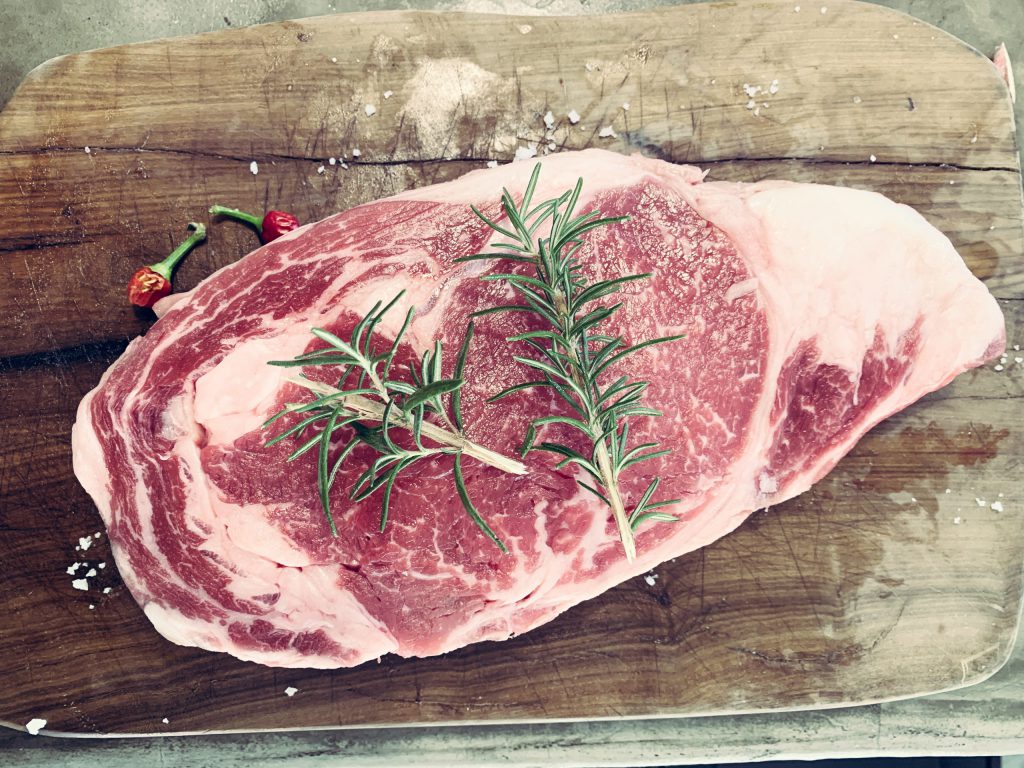
According to the BDA’s One Blue Dot sustainable diet recommendations, a sustainable diet does not need to be one that is meat-free or wholly plant-based.
However, it is important that reductions in red meat are not compensated for by increased white meat consumption. That is do not remove beef mince from your lasagne and add turkey mince instead. Reduce the beef in the lasagne and add some red lentils or pulses to make your lasagne a more sustainable option. Not only will you be reducing the amount of red meat used but you will be adding extra fibre, which is often lacking in people’s diets.
According to Dr Christian Reynolds, a researcher at The University of London, we should be reducing our red meat consumption by two thirds. The Eatwell Guide emphasises the need to limit red meat to no more than 70g (cooked weight) per person per day. This is about the same amount as a deck of cards.
So, how much red meat do you allow per portion in your dishes? This is probably a good place to start when reviewing your menus.
2 – Increase plant-based proteins
Prioritise plant food sources of protein such as beans and pulses over other animal proteins. Plant proteins have a much lower environmental burden and have a more rounded nutritional profile.
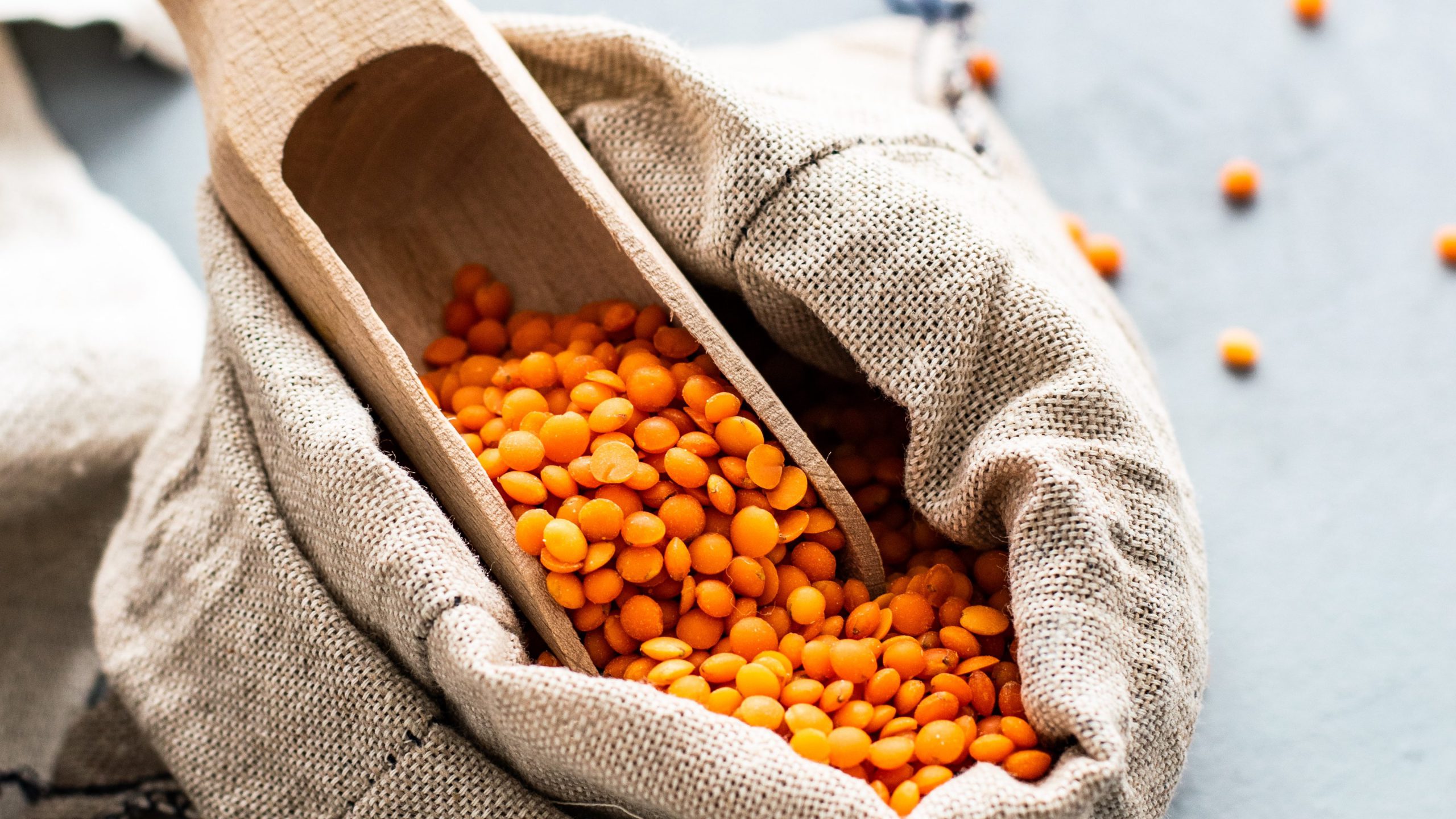
By plant-based proteins I mean beans, lentils, soya, mycoprotein such as Quorn, nuts and seeds. The Eatwell Guide highlights the importance of eating plant-based proteins over meat proteins. The section called ‘Beans, pulses, fish, eggs, meat and other proteins’ has a clear encouragement to ‘eat more beans and pulses’.
Introducing plant proteins is key to moving towards a more plant-based diet without cutting out food groups while increasing the consumption of plant-derived foods in the diet overall.
This step together with the next can make a significant shift towards a more sustainable diet.
3 – Increase fruit and veg
My next suggestion is to make changes to your food offering that help people increase their fruit and particularly vegetable intake. According to Dr Christian Reynolds at The University of London, a key step change towards healthy and sustainable eating is to double the amount of fruit and vegetables we are consuming.
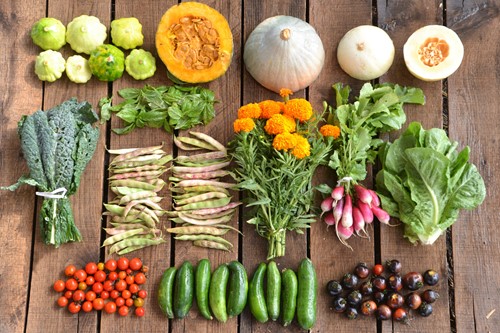
According to the latest National Diet & Nutrition Survey, fruit and vegetable intakes currently fall below the 5 a day recommendation with adults consuming on average 4.2 portions of fruit and vegetables per day.
So add more vegetables to all your main dishes and include more fruit-based desserts – this will not only make your food offer healthier, but also more sustainable. Out of season, go for canned or frozen options which are nutritionally adequate, and you guessed it…more sustainable.
Remember that buying seasonally and locally produced fruit and vegetables which are not grown in greenhouses is important for environmental reasons. As well as avoiding any produce that is airfreighted, pre-packed and/or pre-prepared or grown in greenhouses.
4 – Reduce milk and replace with plant-based milks
The next step is to moderate the amount of dairy and alternatives on offer because dairy cattle, like beef cattle are environmentally burdensome.
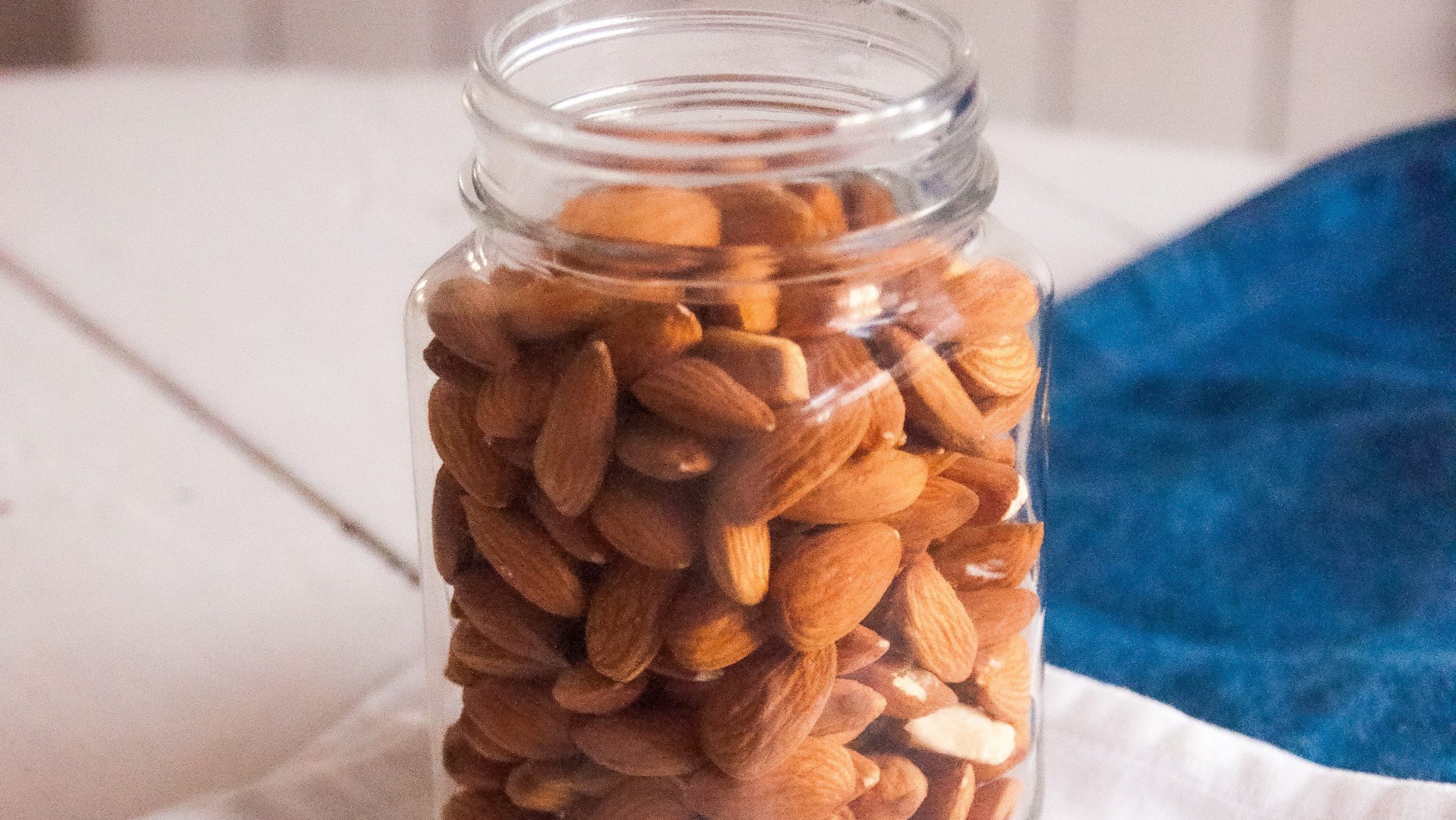
Therefore, replacing milk and other dairy products with plant-based alternatives is another key step in making your offer more sustainable. Plant-based milk and dairy alternatives made from oat, soya and rice milks are increasingly more available both in retail and in foodservice.
Caterers can play a part by replacing dairy milk used in puddings, white sauces and soups with plant-based alternatives, but you do need to make sure that the options you are using have been fortified with calcium.
5 – Look for sustainable fish
The final step is to review the fish you offer. Globally, fish stocks are at an all-time low with 85% of oceans overfished with an increased reliance on farmed fish. This is despite current UK eating habits where only a handful of the population eats a weekly serving of fish. However, by focusing on more sustainably sourced fresh water and farmed fish, we can reach the recommended two portions (one of which should be oily fish; a rich source of omega 3 fatty acids) whilst still protecting current stocks and minimising further damage to the ecosystem.
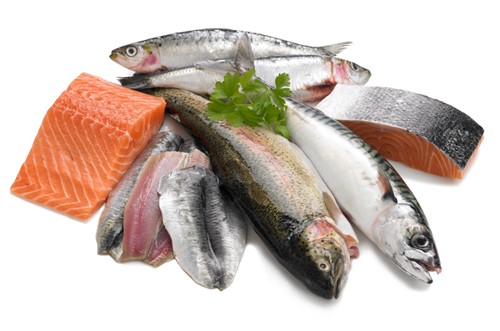
When deciding on what fish to put on your menu, look for the MSC logo for sustainable wild fish or ASC logo for sustainable farmed fish.
Finally, in addition to the above, it is best to avoid foods high in fat, sugar and salt, and to offer tap water, and unsweetened drinks.
Don’t forget to highlight the more sustainable options on your menu so that they really standout. How about putting the plant-based food choices or meat-free options first on your menu? Or having a meat-free Monday?
We are here to help
If you need help achieving your sustainable objectives, please contact our Procurement team at hello@pelicanprocurement.co.uk today – we will love to help you!

